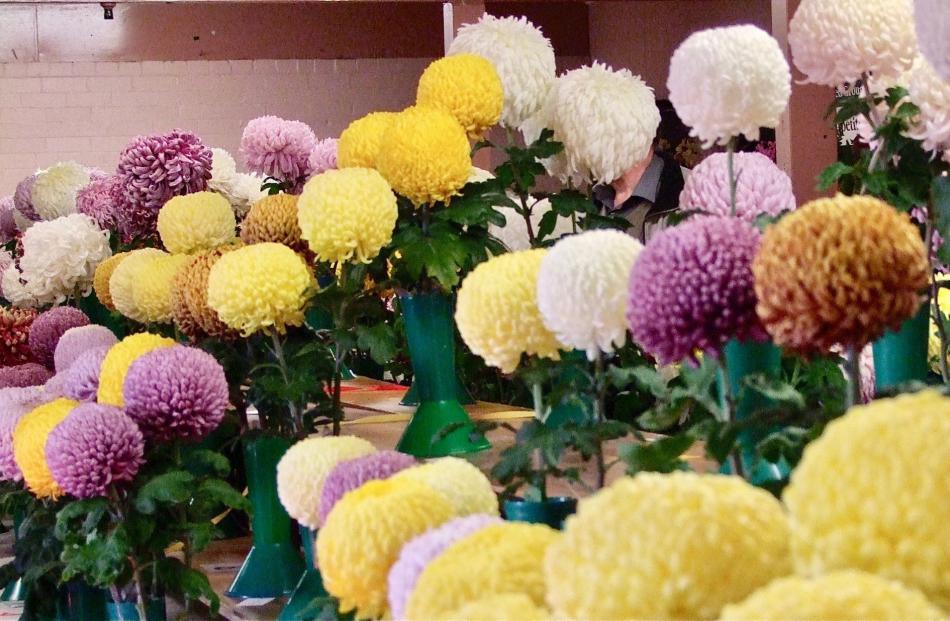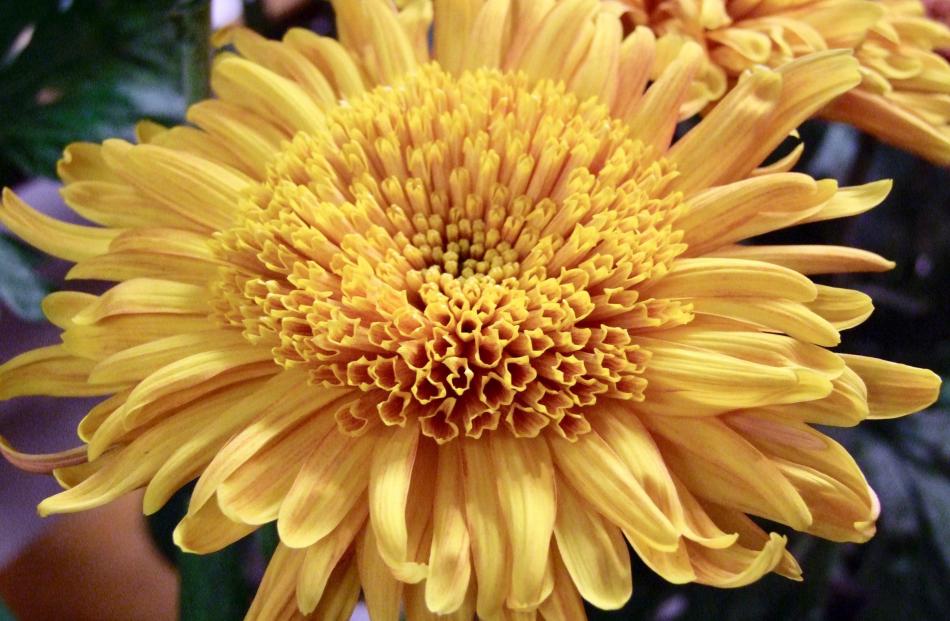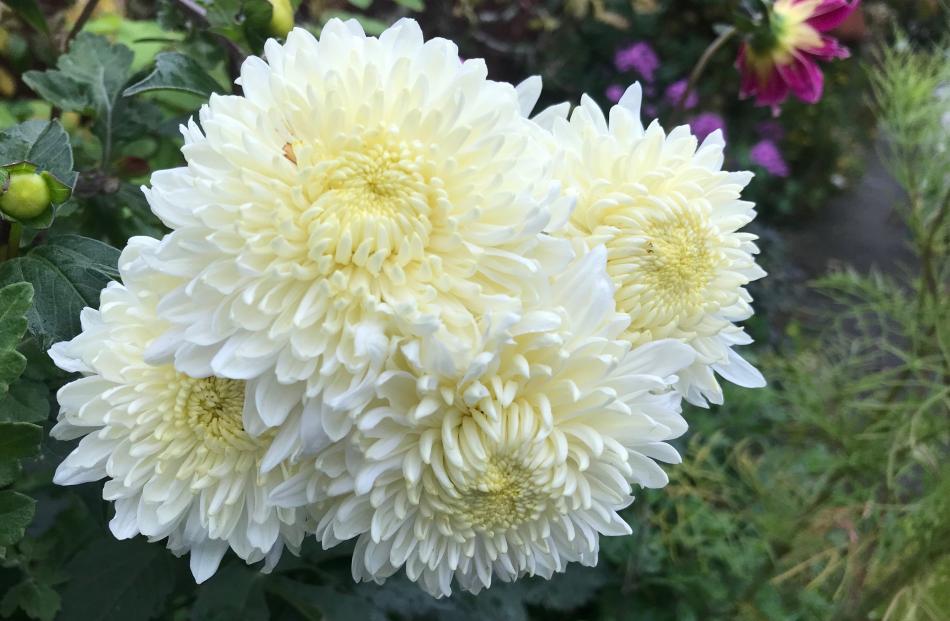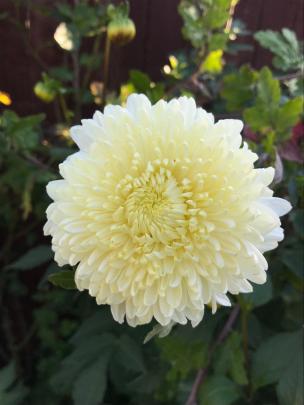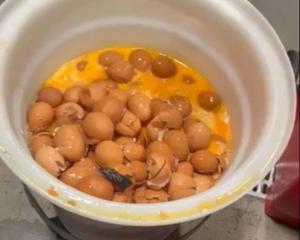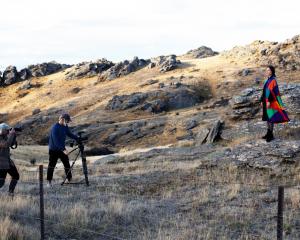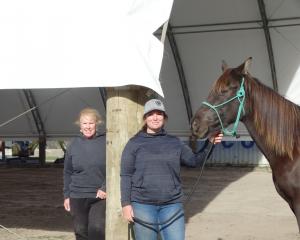Autumn horticultural shows are dominated by produce, as gardeners display the fruits — as well as vegetables and preserves — of their labours.
Take a deep breath at the show venue and there’s a whiff of spiciness from the chrysanthemums on display, splendid autumn flowers lined up beside the last of the dahlias.
This weekend’s Dunedin Horticultural Society (DHS) autumn show promises a treat for chrissie lovers, as the South Island national chrysanthemum show is being run in conjunction with the DHS.
Shows devoted to chrysanthemums are not new. At one run by the Canterbury Horticultural Society in 1872, prizes were awarded for two classes, one open to gardeners and nurserymen and the other for amateurs. In the first class, a Mr Greenaway "was deservedly placed in the front rank by the judges", a newspaper report said.
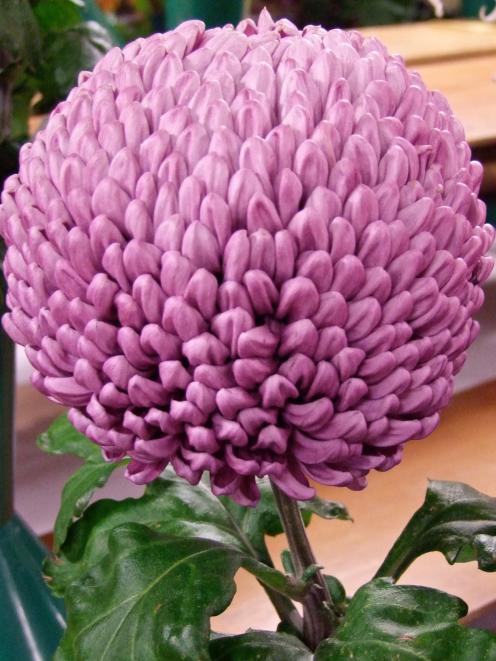
These days chrysanthemum clubs tend to team up with the likes of the DHS and run their competitions alongside general shows.
Perennial chrysanthemums are not just for the show bench, though, and I endorse the sentiments of the Clutha Leader writer who, in 1877, described them as "one of the finest autumn flowers we have".
One of chrissies’ merits is their colour range — white, yellows and golds, pinks, purples, apricot and even green, with two-toned options, too. In this, they echo dahlias, having no blues.
Shapes are varied, from giant puffballs that tend to dominate at shows to simple single blooms, so there’s something to appeal to every taste and, being perennials, they pop up every year.
Chrysanthemum flowers are very long-lasting when cut, which is why they are a favourite with florists, and plants are easy to grow.
For the new grower, the simplest are singles, which don’t need disbudding, begin blooming in mid-summer and keep flowering until hit by frost. "Cushion mums" make low (about 30cm) mounds smothered with flowers and deadheading prolongs the display.
For better flowers on large cultivars, disbudding is the way to go. Nipping out tiny green buds and leaving a single bud to a stem allows the flower, especially the balls, to develop as a standalone beauty. Spray types don’t need this treatment, although a bit of judicious nipping will give a more balanced look.
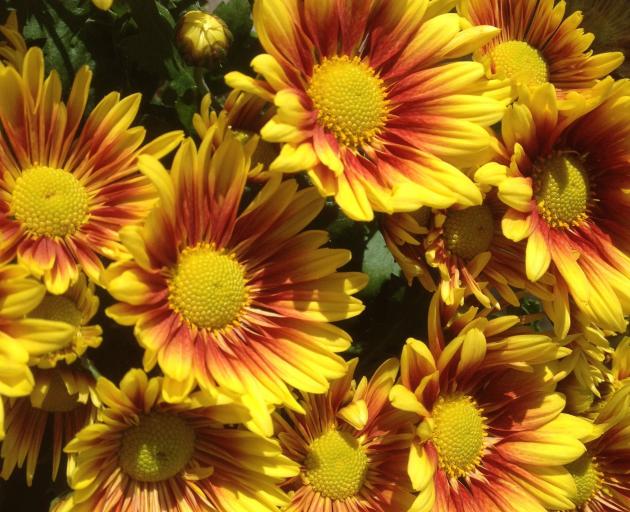
To get special types and named cultivars, ordering from a specialist grower is the best option. Plants usually cost $15-$25 each and are dispatched in spring. Grow them in a sunny spot with well-drained soil that has been enriched with compost or sheep pellets and lime, and keep plants well-watered during the growing season. Alternatively, if you get early frosts, grow chrissies in large pots, so they can be moved under cover when temperatures drop. Potted plants should be given liquid fertiliser every week or two.
To increase the numbers, divide chrysanthemums in late autumn or take cuttings in early spring when the first new shoots appear. Put cuttings in potting mix to which river sand has been added. Keep them damp and roots will form in about a month.
Serious growers tell me my practice of taking little rooted bits off existing plants in spring is not the done thing. I’ve never worked out why and have always been happy with the results.
Years ago, I grew spiders from scratch, but unfortunately perennial chrysanthemum seed is no longer sold. Annual painted daisies (C. carinatum) and C. paludosum Snowland are widely available, though they don’t have the appeal of perennial types.
This weekend’s combined show will be an opportunity to appreciate what that writer meant 147 years ago, when he called chrysanthemums "one of the finest autumn flowers we have".

